
por Rebeca | Oct 4, 2023 | Ciberseguridad
El sector de servicios financieros enfrenta actualmente una serie de desafíos que requieren un delicado acto de equilibrio entre mejorar la experiencia del cliente, combatir el fraude, cumplir con los requisitos regulatorios y optimizar la eficiencia operativa. En este paisaje en constante evolución, el enfoque tradicional de la industria en seguridad y cumplimiento se pone a prueba.
La batalla contra el fraude
Uno de los desafíos que más urge hacer frente en el sector financiero es la creciente batalla contra el fraude. A medida que los canales digitales se vuelven cada vez más populares, ofrecen tanto oportunidades como vulnerabilidades. Si bien las empresas buscan agilizar las operaciones y ofrecer servicios más convenientes, los ciberdelincuentes están dispuestos a explotar cualquier debilidad que encuentren.
Las instituciones financieras están constantemente buscando formas de reducir las actividades fraudulentas, pero estos esfuerzos a menudo introducen fricción en la experiencia del cliente. Medidas de seguridad adicionales, como la autenticación multifactor, pueden hacer que las transacciones sean más engorrosas para los clientes. Encontrar el equilibrio adecuado entre seguridad y facilidad de uso no es una tarea sencilla.
Cumplimiento regulatorio
Paralelamente, los organismos reguladores están fortaleciendo su control sobre la industria financiera. Regularmente se introducen nuevos requisitos de cumplimiento para salvaguardar los datos de los clientes y mantener la integridad de los sistemas financieros. Si bien estas regulaciones son esenciales para proteger a los consumidores y a la industria en su conjunto, pueden crear desafíos adicionales.
Cumplir con estos requisitos de cumplimiento a menudo demanda inversiones significativas en tecnología y recursos. La complejidad de adherirse a múltiples regulaciones en diferentes regiones puede resultar abrumadora. Las instituciones financieras deben mantenerse ágiles para adaptarse a estos estándares de cumplimiento en evolución sin interrumpir sus operaciones centrales.
Eficiencia operativa y agilidad
En la búsqueda de eficiencia operativa y agilidad, las organizaciones financieras buscan consolidar sus pilas tecnológicas y realizar la transición a infraestructuras más flexibles basadas en la nube. Esta transición promete ahorros de costos y una mejor escalabilidad. Sin embargo, también introduce nuevos desafíos de seguridad.
El cambio hacia la nube requiere una reevaluación de los protocolos de seguridad para garantizar que los datos permanezcan protegidos en un entorno compartido. También exige sólidas soluciones de gestión de identidad y acceso para evitar el acceso no autorizado a información sensible.
El rol de la tecnología de seguridad digital
Para navegar con éxito estos desafíos, las instituciones financieras necesitan tecnología innovadora de seguridad digital. Esta tecnología no solo debe proteger los datos de los clientes, sino también adaptarse a las amenazas en constante evolución. Un enfoque proactivo de la seguridad es crucial.
Tan importante como la tecnología es la guía de socios experimentados. Navegar por el complejo mundo de la seguridad y el cumplimiento en el sector financiero requiere una comprensión profunda de los desafíos y regulaciones específicos de la industria. Los socios experimentados pueden brindar conocimientos y soluciones adaptadas a las necesidades únicas de las organizaciones financieras.
Un Esfuerzo Permanente
Es fundamental reconocer que la seguridad y el cumplimiento financieros son esfuerzos continuos. Los ciberdelincuentes son persistentes y están en constante búsqueda de vulnerabilidades para explotar. Si bien ningún sistema puede garantizar una seguridad del 100% indefinidamente, es posible mantenerse un paso adelante de los delincuentes.
Si necesitas asesoramiento e implementar más seguridad en tu compañía, te ayudamos.
¿Hablamos?

por Rebeca | Mar 2, 2022 | Noticias, Recursos, Soffid
A digital signature is a mathematical technique used to validate the authenticity and integrity of a message, software or digital document. It’s the digital equivalent of a handwritten signature or stamped seal, but it offers far more inherent security. A digital signature is intended to solve the problem of tampering and impersonation in digital communications.
Digital signatures can provide evidence of origin, identity and status of electronic documents, transactions or digital messages. Signers can also use them to acknowledge informed consent.
In many countries, including the United States, digital signatures are considered legally binding in the same way as traditional handwritten document signatures.
The use of “digital signatures” has exploded during the pandemic. Around the globe, people have changed how they travel, transact, and work. In the manufacturing sector, organizations have gravitated to hybrid work environments. In all of these cases, digital signatures are being used to protect digital interactions and digital assets, from documents to software code. Unfortunately, all of these digital assets remain at risk since the signature’s certificate may have expired or been revoked. Fraudsters can make these certificates appear as though they were still valid. But their changes and forgeries can be combatted using time stamping services that bring trust to digital signatures.
Are digital signatures secure?
Yes, electronic signatures are safe. A common question people have is “Can my digital signature be forged, misused or copied?” The reality is, wet signatures can easily be forged and tampered with, while electronic signatures have many layers of security and authentication built into them, along with court-admissible proof of transaction.
The importance of a security-first approach to e-signatures
The level of e-signature security varies by provider, so it’s important to choose an e-signature provider that has robust security and protection weaved into every area of their business. Those security measures should include:
- Physical security: protects the systems and buildings where the systems reside
- Platform security: safeguards the data and processes that are stored in the systems
- Security certifications/processes: help ensure the provider’s employees and partners follow security and privacy best practices
Until now, digital signatures have been seen as a useful tool solely for internal company purposes. In fact, however, they can be implemented in a number of fields, including online transactions. Digital signatures enable transactions to be safe and smooth for both sellers and customers, as authentication is effective even though it is done digitally. Digital signatures are thus a form of authentication.
Advantages of using digital signatures for online transactions
With such a structured way of working, digital signatures offer distinct advantages in securing online transactions. They are equipped with an ever-evolving array of technologies and advanced security systems. What are these advantages? Check out the list below.
The development of the digital economy is currently a new phenomenon in global economic governance, both in developed and developing countries. The role of digital signatures within this new digital economy is increasingly being felt.
References:
(1) Solution Review
(2) Docusign
(3) Techtarget
Picture:
<a href=’https://www.freepik.es/fotos/coche’>Foto de Coche creado por gpointstudio – www.freepik.es</a>
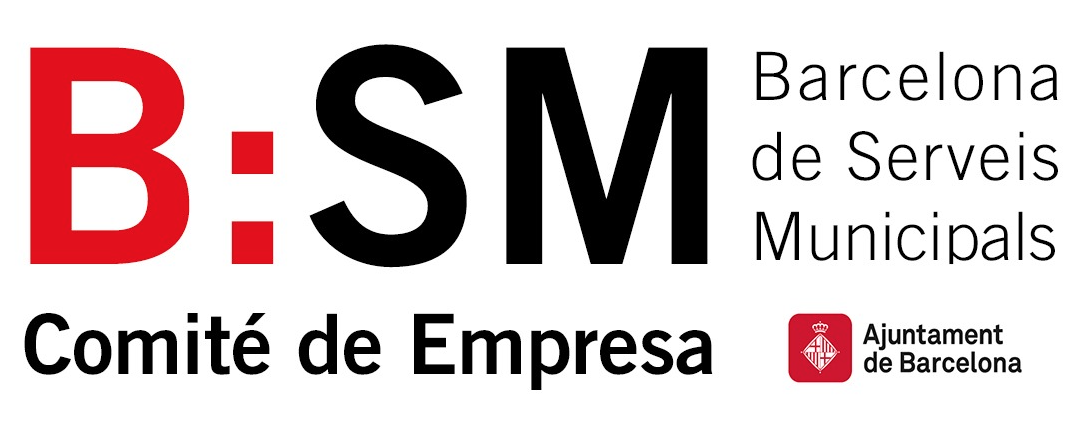
por Rebeca | Dic 21, 2021 | Ciberseguridad, Cliente
Protección de la información y gestión de identidades
Estamos muy felices de contar participar en un ambicioso proyecto de gestión de identidades y accesos para Barcelona de Serveis Municipals (B:SM), un proyecto que les coloca en una posición de vanguardia en materia de seguridad, concretamente en los ámbitos de protección de la información y en la gestión de identidades y el control de accesos.
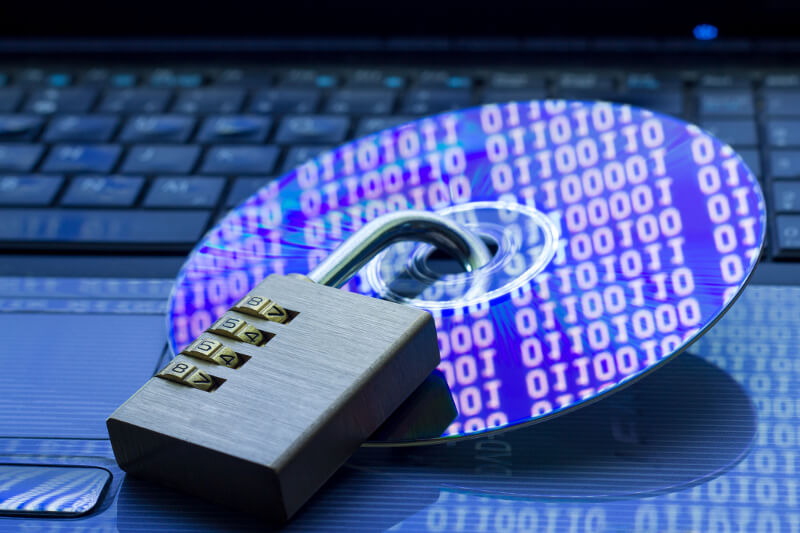 Barcelona de Serveis Municipals (B:SM) es una empresa del Ayuntamiento de Barcelona encargada de la prestación de servicios municipales. Las actividades que gestiona incluyen aspectos relacionados con la movilidad, o la gestión de instalaciones dedicadas a la cultura, el ocio y la biodiversidad.
Barcelona de Serveis Municipals (B:SM) es una empresa del Ayuntamiento de Barcelona encargada de la prestación de servicios municipales. Las actividades que gestiona incluyen aspectos relacionados con la movilidad, o la gestión de instalaciones dedicadas a la cultura, el ocio y la biodiversidad.
Se trata de una entidad que maneja un alto volumen de información sensible y necesitaba proteger de forma eficiente. Cumpliendo con la nueva RGPD (Reglamento General de Protección de Datos) y ENS (Esquema Nacional de Seguridad). De obligado cumplimiento por las administraciones y empresas públicas. Además, requería de una solución para la gestión de forma precisa y automatizada de todo lo relativo a la administración de los usuarios, desde la provisión o la sincronización hasta la coherencia de las identidades o los procesos de autenticación para evitar suplantaciones de identidad.
«B:SM needed a solution to delegate, manage, but automate and secure Active Directory (AD) and Active Directory Federation Services (ADFS) access among various administrator groups. In addition, to do so in a segmented manner, with change control, protecting sensitive or critical data, and ensuring that corporate policies are effectively enforced.»
La respuesta a estas necesidades en el ámbito de gestión de identidades y accesos la hemos ofrecido con Soffid.
SOLUCIÓN EN LA QUE NOS CENTRAMOS DESDE SOFFID
En marzo de 2020 se inició el despliegue on premise de Soffid, algo que les ha permitido desarrollar una gestión y orquestación centralizada de sus políticas de gestión de la identidad y de los accesos.
Con un máximo nivel de seguridad, Soffid propone una única herramienta convergente. Desde donde es posible llevar a cabo la gestión automatizada de usuarios y accesos en su Directorio Activo. Su servidor de correo Exchange. Que está en proceso de migración a Azure.— y en Office 365 como entorno de productividad. Además, se integra también con su sistema de gestión de RRHH: Meta4.

Protección de la información y gestión de identidades
Se trata de un avance muy significativo con respecto a la situación de partida, en la que, tanto el alta de usuarios en Meta4 como la gestión de accesos. Se realizaba de manera semiautomática (en Directorio Activo y Exchange) o totalmente manual (en el caso de las aplicaciones). Ahora, Soffid permite realizar un alta automatizada en base a perfiles. De esta forma, cuando se crea un nuevo usuario se generan automáticamente los accesos a su cuenta de correo. Ee crea también su carpeta personal que está compartida en red de forma que puede ser accesible desde cualquier punto. Mediante la activación de una característica específica de Windows (Distributed File System o DFS). Este es un aspecto crucial en situaciones de movilidad y teletrabajo.
Gestión de los usuarios
Además, también se le otorgan los permisos de acceso a las aplicaciones correspondientes. De acuerdo con su perfil y con independencia de su dominio. Este último punto es importante para la gestión de los usuarios y accesos de los empleados de empresas participadas por B:SM como, por ejemplo; Parque de Atracciones del Tibidabo (PATSA).
Esta iniciativa, que alcanza a los 1200 empleados de B:SM, no solo ha simplificado y agilizado los procesos relacionados con la gestión de usuarios y accesos (altas, bajas y modificaciones), sino que también supone elevar a un nivel máximo las garantías de seguridad y de gobierno, puesto que todo queda registrado y auditado en Soffid.
EL PAPEL DEL EMPLEADO
One of the key aspects but of both projects has been to ensure the role of people, even in the pre-implementation phases.
These possible phases include developments such as the use of Soffid’s role-mining function. Based on the accesses that users also have in a given position. It creates an algorithm to define – automatically and intelligently – the permissions associated but with that specific role.
On the other hand, in order to gain agility and increase the level of user involvement in security. The implementation basically of a self-service portal is envisaged. This would allow them to self-manage also their passwords or incorporate a strong authentication system. Either via token, SMS, but etc. The use of Soffid as a single sign-on solution is also being evaluated. This would allow B:SM to extend but Microsoft’s federated authentication to other environments and applications.
In addition, you are also granted access permissions to the corresponding applications. According to their profile and regardless of their domain. This last point is important for the management of the users and accesses of the employees of companies in which B:SM participates, such as, for example, Tibidabo Amusement Park (PATSA).

por Rebeca | Oct 14, 2021 | Ciberseguridad, Soffid
Exposing management to the value of information security
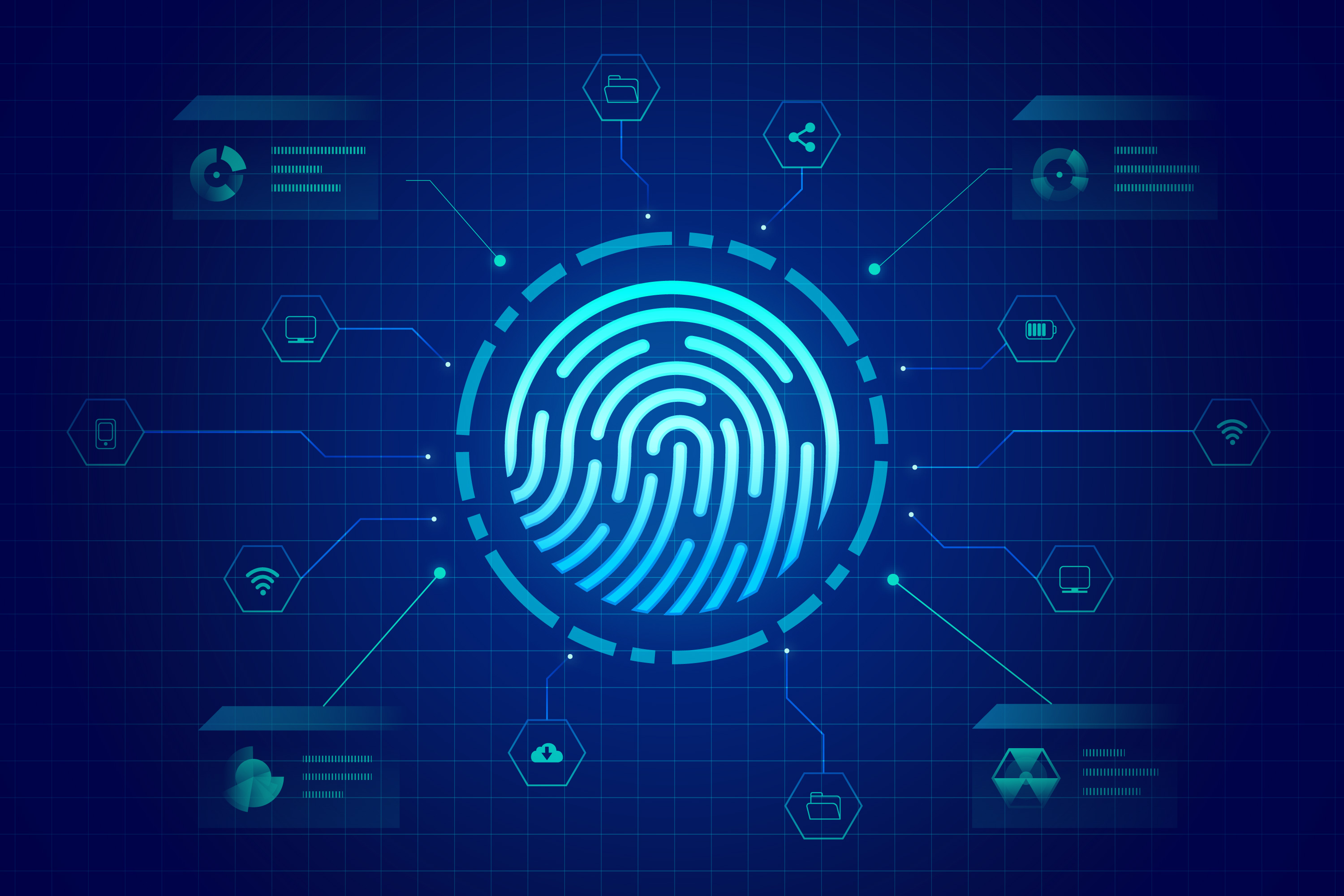
Cyber security has always been an unsought goods like, insurance, which is useful only when something bad happens. And It’s always been challenging for security leaders to communicate the value of cybersecurity investments to board and peers. Furthermore, everyone in an organization has their own perspective when it comes to cyber security. That’s partly why security professionals find it difficult to convince management for budget approval.
The value of cybersecurity should be crystal clear to life sciences and health care boards and leadership. Cybersecurity attacks and data breaches seem to be in the headlines almost daily, and sobering statistics are everywhere.
Security leaders
Like data breaches, service disruptions and loss of customers. They need to justify security investment and acquire budget to protect organizations from the growing. List of threats that could impact the future of the business.
Then there’s the problem of speaking a different language. Over time it can be observed that cybersecurity metrics are often communicated in complex ways. Technical language that is difficult for the CEO or other business functions to understand. But translating cyber risk into business risk has never been more important. As many organizations face significant budget cuts amid COVID-19.
A comprehensive cybersecurity program is a business-critical function. With three tips, CIOs and CISOs can better communicate cybersecurity. additionally ROI by stressing why these programs are a must-have for their organizations. Demonstrating the business value of security solutions and building a strong security culture.
Cybersecurity should not be treated as a siloed department, but rather an integrated part of overall business functions. One way to communicate the far-reaching value of a cybersecurity strategy is to walk leadership through the consequences of a data breach — loss of customers, data, revenue, intellectual property and more — as these consequences directly affect a business’s bottom line. By connecting the dots for non-IT executives, they’ll be able to better acknowledge the importance of strong security practices.
Create a Positive Security Culture
Engaging the whole organization to help them understand the value of a cybersecurity program is not easy. Technical risks are often difficult to translate across departments. Meanwhile, policies and procedures that ensure good security habits can be seen as an impediment to employee productivity.
This is why a positive security culture is so important. By using techniques like gamification, positive reinforcement, or interactive content like videos and podcasts to promote security practices, CISOs can engage fellow employees and get more buy-in from executives. These strategies help everyone, regardless of department or level of seniority, understand the risks and responsibilities regarding security and how each employee plays a crucial role.
One major benefit of a positive security culture is that it creates in-house evangelists who can demonstrate the value of cybersecurity. It will also empower security-aware employees to become the organization’s greatest cybersecurity asset. Simple human error causes the majority of security breaches.
Ultimately, communicating the value of cybersecurity depends on translating cyber risk into business risk, and making security a guiding principle for your larger organization. With risks and challenges related to remote working becoming the new normal for many organizations, it’s critical that IT leaders engage all employees in shared cybersecurity awareness.
Situations are changing
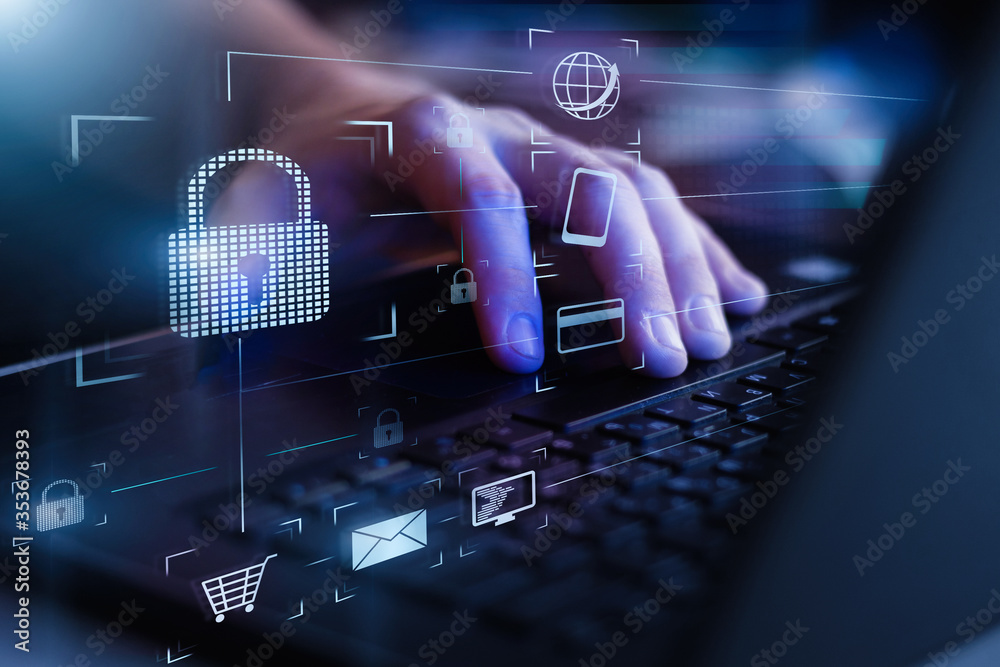 as boards and management are understanding the importance of security. Now it’s the security leader’s responsibility to communicate the importance of cyber security effectively. This has become very important during the pandemic when huge risks of cyber breaches. Many things are coming and this is causing organizations to cut costs due to the business slowdown in order to survive the pandemic.
as boards and management are understanding the importance of security. Now it’s the security leader’s responsibility to communicate the importance of cyber security effectively. This has become very important during the pandemic when huge risks of cyber breaches. Many things are coming and this is causing organizations to cut costs due to the business slowdown in order to survive the pandemic.
Communicating the value (and necessity) of cybersecurity measures to your larger organization isn’t easy. We know that not only are technical risks difficult to transfer across departments, but also that policies and procedures can often be seen as an obstacle to employee productivity.
But, if you can engage with the larger organization and create a positive security culture, you’ll have a better chance of getting buy-in from C-level executives. How?
More and more, CISOs are relying on gamification, positive reinforcement, and interactive content like videos and podcasts to promote their strategies.No matter what the method or medium, it is best that the risks and responsibilities – upon which the entire organization rests – are communicated in a way that everyone, regardless of department or level of seniority, can understand.
The benefits of this are two-fold. Not only will you demonstrate the value of cybersecurity via in-house evangelists, but you’ll also empower security-aware employees to become your biggest cybersecurity asset.
Resources:
(1) Gartner
(2) KPMG
(3) security Tech
Picture: <a href=’https://www.freepik.es/fotos/icono’>Foto de Icono creado por 8photo – www.freepik.es</a>
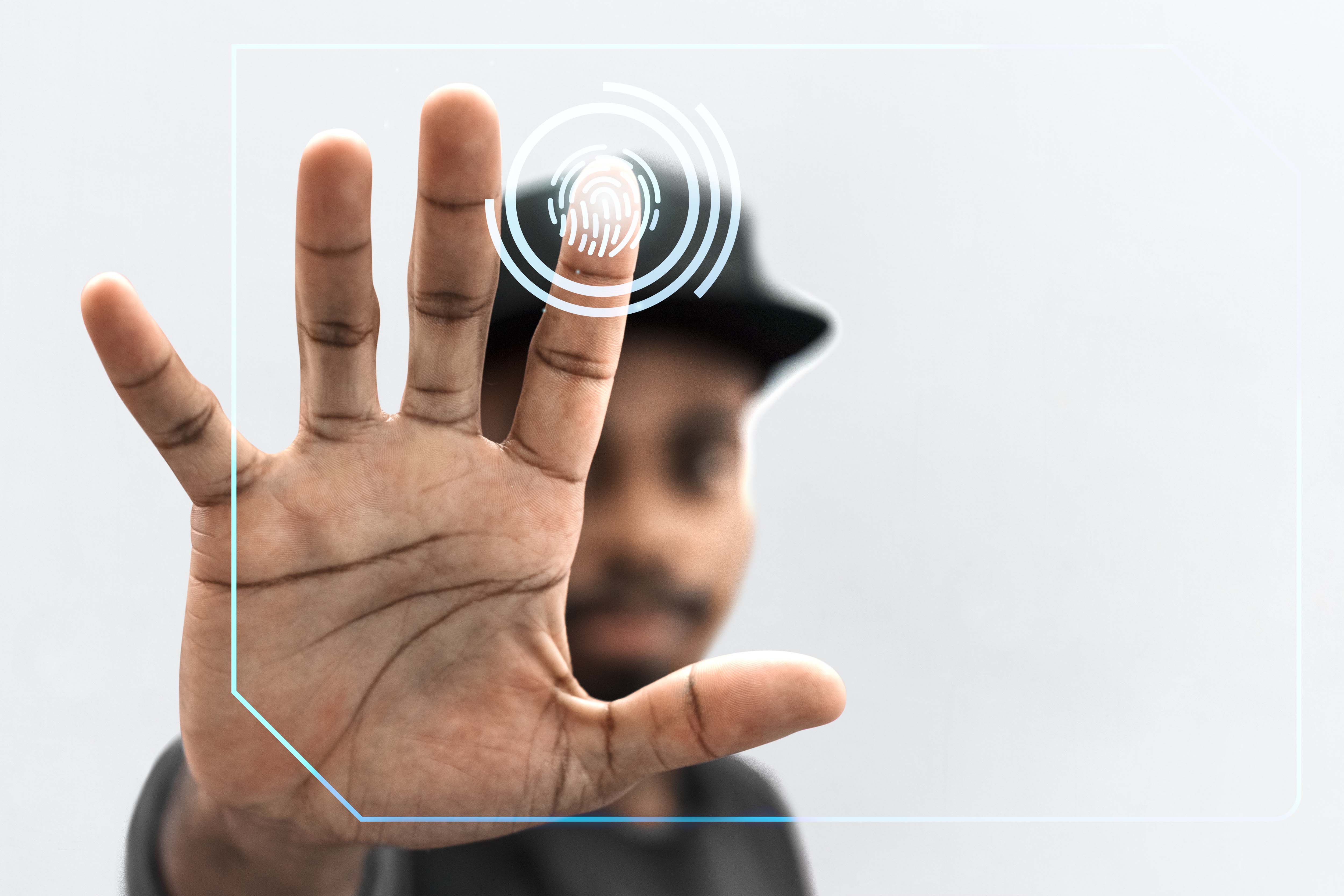
por Rebeca | Mar 17, 2021 | Recursos, Soffid
The rapid digitisation across the world in 2020 has paved the way for companies to adopt new models in how they secure and manage the identity of their users.
As businesses move from largely reactive measures last year to now putting in place policies and processes to permanently adapt to the new normal, a modern identity and access management (IAM) system is critical to manage access across multiple operating systems, devices, locations and applications, based on what a user should be able to do and what they will need over time
IAM encompasses a complex set of functions that touch nearly every aspect of your business and have a measurable impact on your bottom line. Leaving an outdated IAM system in place — whether you’re managing the identities of employees, business partners, or end customers — is both costly and dangerous.
Modernising Identity Reduces Maintenance Costs
Businesses that are reluctant to invest in IAM are often unaware of how much money they’re already spending on it. Maintaining an outdated, decentralised IAM system is usually a full-time job for at least one developer. In addition, dealing with identity-related issues such as lost passwords takes up the majority of your support desk’s time.
The maintenance costs of in-house Identity are high even if we only define “maintenance” as keeping the existing system running so users can log in and access resources. When businesses improve their custom IAM systems, those costs skyrocket. Auth0 customers regularly report that if they attempted to build our features themselves, it would take an entire team of developers.
Identity Is Critical to Legal Compliance and Security
If you don’t invest in a sophisticated, secure identity solution, then you’re essentially budgeting for regulatory fines and the myriad costs associated with data breaches. Given the rise in global data privacy laws and cyberattacks, the chances that you will be impacted are only increasing.
Identity-based attacks are a pervasive threat. Today, hackers the world over use authentication as their preferred gateway to attack. Verizon’s 2020 Data Breach Report found that the most common forms of data breaches are identity-based: phishing and attacks using stolen credentials. These broken authentication attacks mean huge expenses for businesses, in the form of application downtime, lost customers, and IT costs. The Ponemon Institute reports that a company that falls victim to a credential stuffing attack stands to lose an annual average of US$6 million. Thwarting these attacks requires IAM features such as brute force protection, multi-factor authentication (MFA), and rigorous access control.
IAM Unleashes Innovation
For better or for worse, your company’s IAM platform will impact your ability to innovate. This happens in two ways. The first is simple: Every hour your developers spend on authentication is an hour they’re not improving your core product.
Most companies are familiar with this logic when making other decisions about building vs. buying microservices. For example, Auth0’s research found that when companies need to incorporate a payment tool in their app, only 26% build it themselves. The other 74% use a software-as-a-service SaaS solution like Stripe or Paypal. The same logic holds true for authentication.
Aside from freeing up resources, an IAM system can drive innovation. For example, consider the impact of centralised Identity on improving analytics and customer outreach. When a single IAM provider handles user authentication across devices and integrates seamlessly with every other system, it de-silos data to create a single source of truth about users. This idea is the heart of an omnichannel approach to retail and marketing.
Identity Is Central to Your Business
It’s always important to make sound investments in technology, and particularly in a moment of global uncertainty. But having a secure and extensible IAM solution is one of the best defenses against that uncertainty because it makes businesses more capable of adapting to change.
A modern IAM solution can provide both a quick business win and long-term value by decreasing costs, increasing revenue, and making businesses more adaptable in a shifting technological and legal landscape.
Shall we talk about your project? Soffid 3 is a more intuitive and user-friendly version that will fit your needs.
Sources:
(1) Digital Security Magazine
(2) Frontier Enterprise








 as boards and management are understanding the importance of security. Now it’s the security leader’s responsibility to communicate the importance of cyber security effectively. This has become very important during the pandemic when huge risks of cyber breaches. Many things are coming and this is causing organizations to cut costs due to the business slowdown in order to survive the pandemic.
as boards and management are understanding the importance of security. Now it’s the security leader’s responsibility to communicate the importance of cyber security effectively. This has become very important during the pandemic when huge risks of cyber breaches. Many things are coming and this is causing organizations to cut costs due to the business slowdown in order to survive the pandemic.